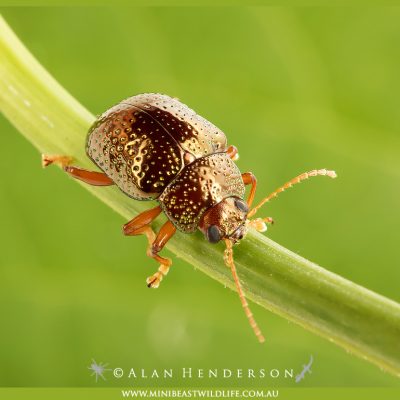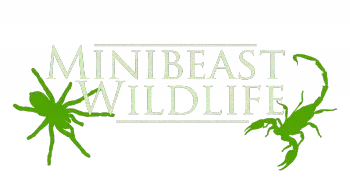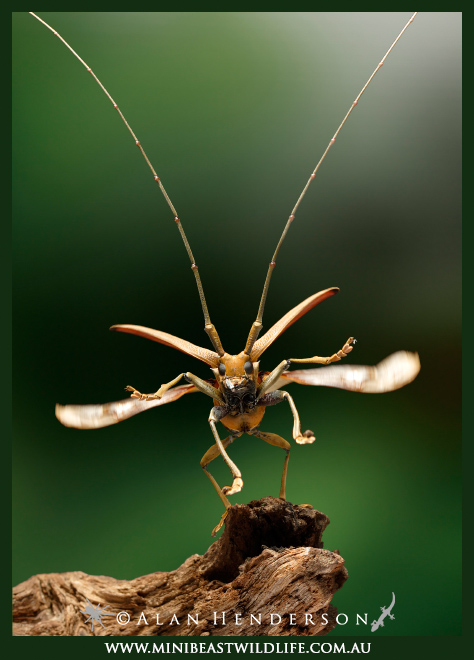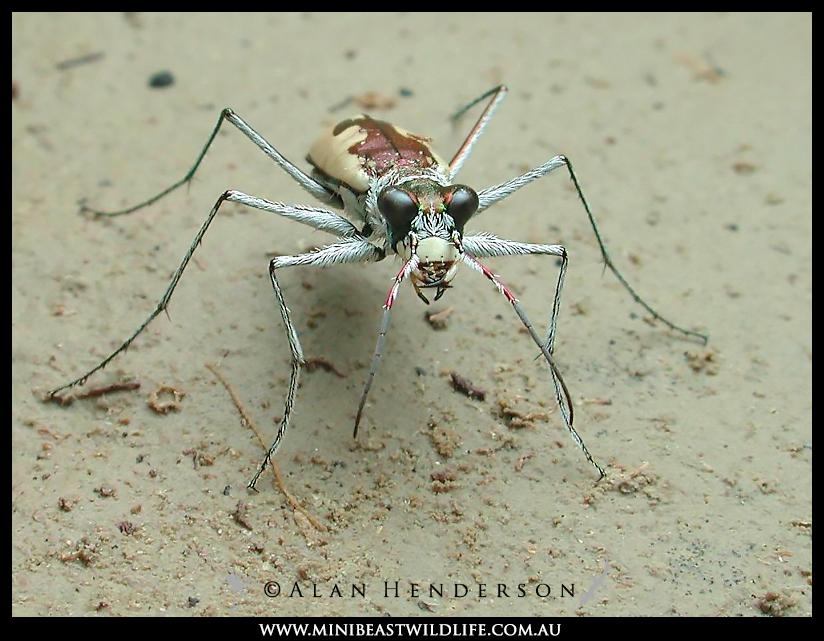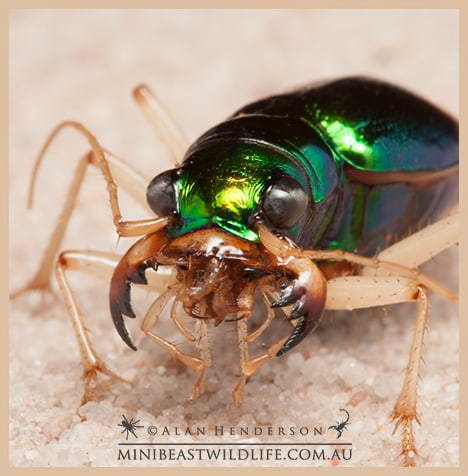AUSTRALIAN INVERTEBRATES
Beetles
They first evolved almost 300 million years ago, even before the appearance of the dinosaurs. They watched the dinosaurs come and go, and in the mean time evolved and conquered the Earth in a myriad of forms, shapes and sizes. Today there are more than 350,000 species of beetles on Earth, and their success is largely due to their extremely adaptable body structure.
